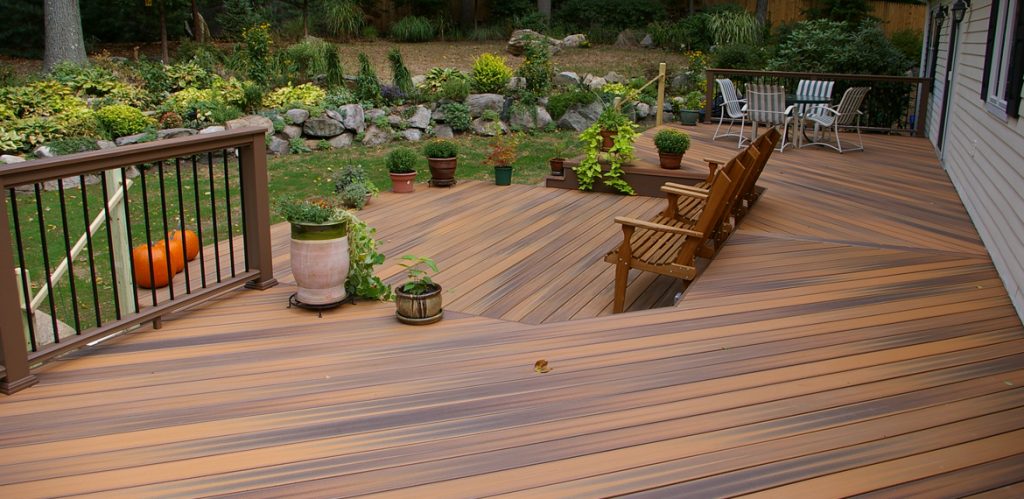You’ve heard how cost effective and clean solar energy is, you see it popping up in your neighbourhood and now you’re wondering how it all works. First you must understand that electricity is really electrons moving from wires into the appliance it’s powering.
Solar power simplified is essentially photons or particles of light knocking electrons free from atoms which creates electricity.
A more lengthy explanation:
Solar panels are made up of small units called photovoltaic cells that are linked together. Photovoltaic means they convert sunlight into electricity. These photovoltaic cells are made up of two slices of silicon one having a negative charge and the other having a positive charge. Silicon is a semi conductor thus allowing electricity or electrons to flow through it.The negative silicon slice is created with phosphorus, as pairing phosphorus and silicon together creates p-type silicon or silicon with a negative charge. When silicon is paired with boron however the opposite happens, and an n-type is created, or positive charge. When these two types of silicon are placed side by side, the positive and negative electron charge creates an electric field, much like a magnet has a magnetic field with a positive and negative side. Because silicon is also an insulator, it will forever maintain this electric field. This is why your solar panel will collect solar energy and convert it to electricity for it’s entire lifespan. This electric field pushes the freed electron out of the silicon. From here metal plates collect those free electrons and then conduct that electron into wires.
And voila! From here, it’s wired into your outlets to provide electricity.
Another way of putting it is, the sunlight kicks the electrons out of the silicon, towards the metal plates where they’re conducted towards the wires, running into your house, powering everything from lights, appliances and heaters and hot water tanks.
Thanks to Solarcor Energy for an explanation on how solar panels work.



